Math 2 flashcards
1/93
There's no tags or description
Looks like no tags are added yet.
Name | Mastery | Learn | Test | Matching | Spaced |
|---|
No study sessions yet.
94 Terms
Perimeter of any polygon
Sum of all side lengths;
Squares 1²–12² and Cubes 1³–5³
1² = 1 … 12² = 144 and 1³ = 1 … 5³ = 125;
Order of Operations
PE(MD)(AS) = Parentheses > Exponents > Multiply/Divide > Add/Subtract (left to right);
Square Formulas
A = s² and P = 4s;
Rectangle Formulas
A = ℓ × w and P = 2ℓ + 2w;
Triangle Perimeter
P = side₁ + side₂ + side₃;
Triangle Area
A = ½ bh;
Isosceles Triangle
Has exactly two equal sides;
Equilateral Triangle
All sides equal and angles = 60°;
Trapezoid Area
A = ½ (b₁ + b₂) × h;
Circle Formulas
A = πr² and C = 2πr;
Rectangular Prism Formulas
V = ℓ w h and SA = 2ℓw + 2ℓh + 2wh;
Cube Formulas
V = s³ and SA = 6s²;
Sphere Formulas
V = (4/3)πr³ and SA = 4πr²;
Cylinder Formulas
V = πr²h and SA = 2πrh + 2πr²;
Angles in a Triangle Sum to
180°;
Pythagorean Theorem
a² + b² = c² (in a right triangle);
Distance Formula
√[(x₂ − x₁)² + (y₂ − y₁)²];
Simple Interest Formula
I = P r t (where P = principal
Percent Change Formula
New = Original ± (% change × Original);
Uniform Motion Formula
d = r t (distance = rate × time);
Constant Rate Change
new amount = starting amount + rate × time;
GCD Definition
Largest integer that divides evenly into both numbers;
LCM Definition
Smallest integer divisible by both numbers;
Example gcd(6
10)
Example lcm(6
10)
Decimal for 1/5
0.2;
Decimal for 1/4
0.25;
Decimal for 1/3
0.3̅;
Decimal for 1/2
0.5;
Decimal for 2/3
0.6̅;
Decimal for 3/4
0.75;
Interval Notation Tip
Use [ ] to include endpoints and ( ) to exclude;
Example [2
5)
Example (−∞
3.2]
Product Rule for Exponents
aᵐ × aⁿ = aᵐ⁺ⁿ;
Quotient Rule for Exponents
aᵐ / aⁿ = aᵐ⁻ⁿ;
Power of a Power Rule
(aᵐ)ⁿ = aᵐⁿ;
Zero Power Rule
a⁰ = 1 (if a ≠ 0);
Negative Exponent Rule
a⁻ⁿ = 1/aⁿ;
Reciprocal Rule
1/a⁻ⁿ = aⁿ;
Distribution of Exponent over Product
(a × b)ⁿ = aⁿ × bⁿ;
Distribution of Exponent over Quotient
(a/b)ⁿ = aⁿ / bⁿ;
Incorrect Distribution
(a + b)ⁿ ≠ aⁿ + bⁿ;
Root–Exponent Relationship
ⁿ√a = a¹⁄ⁿ;
Radical Product Rule
ⁿ√(a × b) = ⁿ√a × ⁿ√b;
Radical Quotient Rule
ⁿ√(a/b) = ⁿ√a / ⁿ√b;
Incorrect Radical Sum
ⁿ√(a + b) ≠ ⁿ√a + ⁿ√b;
Include each problem number on homework
True;
Circle or box final answers
True;
Connect equivalent expressions with equals signs
True;
Align equals signs vertically
True;
Reduce expressions to simplest form
True;
Write so classmates could follow your work
True;
Write neatly and avoid cross-outs
True;
Include diagrams for real-world problems
True;
Write symbols clearly (0 ≠ ∅)
True;
Define variables in words and symbols
True;
Always include units on real-world answers
True;
Give exact answers; don’t round mid-problem
True;
Choose intuitive variable names (ℓ for length
w for width)
Use space generously and don’t cram work
True;
Do not use arrows for transitions (→)
Use = or words instead;
Add / Plus / Sum of / Increased by / More than
+;
Decreased by / Subtract / Minus / Difference / Less than
−;
Times / Product of / Of / Multiplied by
× or ·;
Divided by / Over / Quotient of
÷ or /;
Double / Triple / Quadruple
2x / 3x / 4x;
Half of / Third of / Fourth of
x/2 / x/3 / x/4;
Greater than
;
Less than
At least / Greater than or equal to
≥;
At most / Less than or equal to
≤;
Is equal to / Represents / The same as / Is
=;
To the power of
aᵇ;
Squared / Cubed / To the nth power
a² / a³ / aⁿ;
Square root / Cube root / nth root
√a / ³√a / ⁿ√a;
Absolute value of
|x|;
Polygon prefix penta-
5 sides;
Polygon prefix hexa-
6 sides;
Polygon prefix hepta-
7 sides;
Polygon prefix octa-
8 sides;
Polygon prefix nona-
9 sides;
Polygon prefix deca-
10 sides;
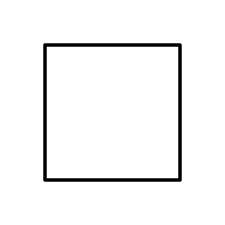
What shape is this?
Square
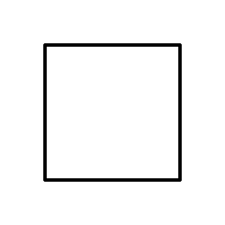
area formula for this shape?
A=s²
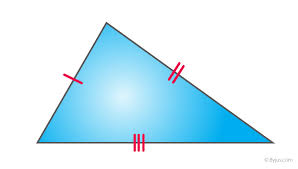
What type of triangle is this?
Scalene triangle
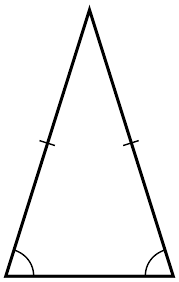
What type of triangle is this?
Isosceles triangle
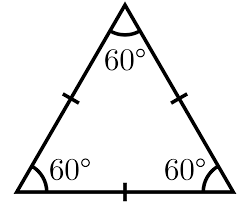
What type of triangle is this?
Equilateral triangle

What shape is this?
Rectangle
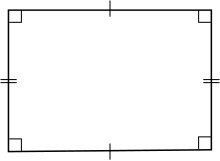
What is the area formula for this shape?
A= L x W
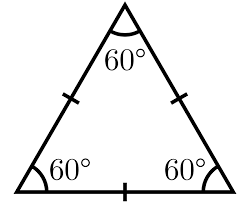
What is the area formula for this shape?
A= ½ bh
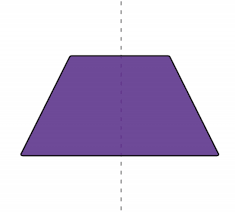
What shape is this?
Trapezoid
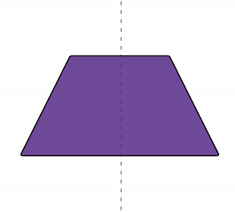
What is the area formula for this shape?
A= ½ (b1+b2)h